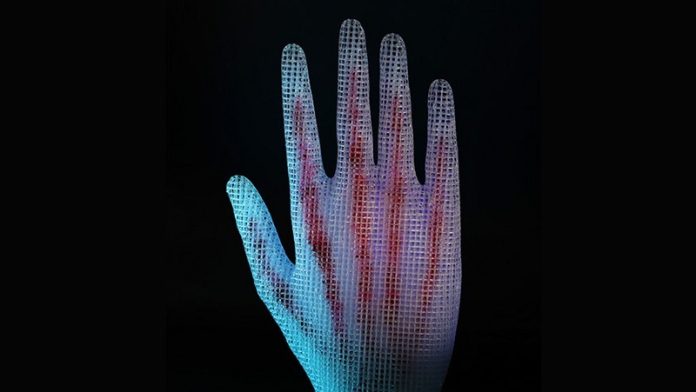
Researchers at Lawrence Livermore National Laboratory (LLNL) have made an exciting breakthrough in multi-material 3D printing by using capillary action—the same force that makes water climb up a paper towel.
This new technique allows them to create complex structures with different materials, even ones that are normally impossible to 3D print.
Their method, called cellular fluidics, was published in Advanced Materials Technologies and could revolutionize industries like biomedicine, aerospace, and carbon capture by making stronger, lighter, and more adaptable materials.
How does this new 3D printing technique work?
Most multi-material 3D printing is difficult because different materials have different properties, making them hard to print together.
It often requires special equipment and complicated setups. LLNL researchers found a simpler solution.
They created tiny, millimeter-sized 3D-printed structures called unit cells that act like mini storage containers for liquids.
These open spaces trap liquid materials without them spilling out. The liquid moves through the structure naturally, guided by surface tension and adhesion, just like how water flows through tiny gaps in a sponge.
Once in place, the liquid solidifies into a stiff material, bonding with the 3D-printed structure. This process allows scientists to combine soft and hard materials in ways that were not possible before.
What makes this a game-changer?
- Stronger, Lighter Materials: Engineers can now design materials with precise strength-to-weight ratios, making them ideal for industries like aerospace.
- Greater Design Flexibility: Unlike traditional methods, this technique allows for complex, multi-material designs without requiring special 3D printers.
- Self-Healing Structures: One experiment showed that the material could be designed to absorb liquids when pressed, opening possibilities for self-repairing materials.
According to researcher Nik Dudukovic, the method gives engineers a “playground to explore different mechanical responses”, meaning they can fine-tune structures to behave in specific ways under stress.
The research team successfully created a 3D-printed lattice structure on their first attempt, proving how accurate and effective the process is. They believe the technique could be used for a wide range of applications, including:
- Biomedical implants with hybrid biomaterials
- Self-healing materials that can repair themselves under pressure
- Advanced carbon capture systems to help reduce pollution
- Lightweight but strong aerospace structures
Hawi Gemeda, one of the lead researchers, hopes this discovery will inspire other scientists to push the boundaries of multi-material 3D printing.
With this new technique, engineers can design without limits, opening the door to stronger, smarter, and more efficient materials for the future.



